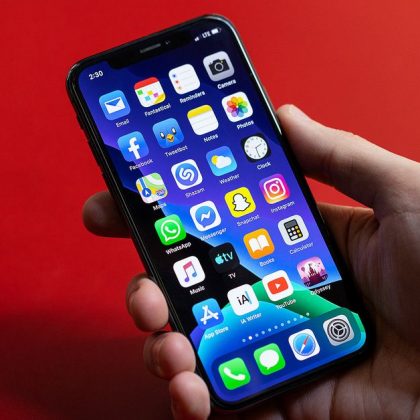If you’ve ever owned an Apple Watch or sat across from someone wearing one, you’re likely familiar with the inescapable social faux pas that is checking the time.
The first five generations of the Apple Watch, due to screen technology and battery constraints, could not display an active watchface at every moment, and so raise to wake was born. You raise your arm, the Apple Watch comes alive, and you lower your arm to set back to its off position.
That process has remained the most obnoxious aspect of wearing Apple’s smartwatch, not because it’s really all that cumbersome, but because it carries with it so much social baggage. There is little that screams “I don’t want to be here” or “You’re boring me to death” quite like raising your arm every so slightly and darting your gaze down at your $400 wrist computer.
It’s something I actively avoid doing when chatting with friends or in a meeting at work, and I go to extreme lengths to never make the mistake — an almost subconscious reflex I succumb to multiple times an hour at this point — when interviewing a subject for a story.
Helping consumers avoid this socially awkward situation of its own making is precisely why the always-on Apple Watch, officially called the Apple Watch Series 5, received so much positive attention during Apple’s annual iPhone event on Tuesday. Having an always-on smartwatch display is an obviously useful addition, even if it’s pretty much the only meaningful benefit the Series 5 offers over last year’s Series 4.
Apple achieves this new feature by relying on what’s known as Low-Temperature Polycrystalline Oxide (LTPO), a type of OLED-based circuit technology that utilizes a blend of different thin-film transistors. That allows Apple more granular control over display features like refresh rate. Interestingly, the Series 4 shipped this type of display last year, but only the Series 5 has a version of that LTPO tech that uses new components, alongside new power management software, not found in the Series 4 to keep the display on at all times while preserving the device’s 18-hour battery life.
Being able to manually lower the refresh rate on the display is why the Apple Watch Series 5 second hand, which usually glides along smoothly when the display is at its full 60Hz refresh rate, disappears in the always-on, low-power mode. The Watch would need a higher refresh rate to show something that’s changing over the course of a second, whereas the always-on mode without the second hand has fewer moving parts in the image and only needs to illustrate change over a longer duration of time.





